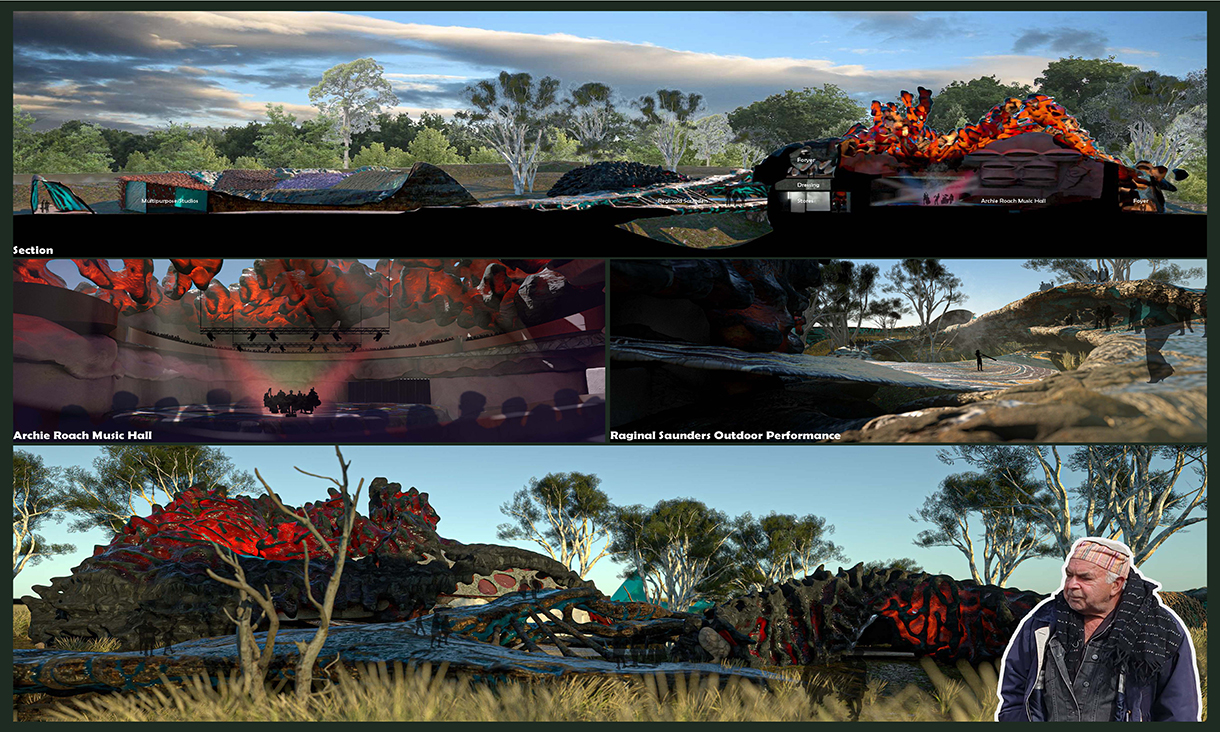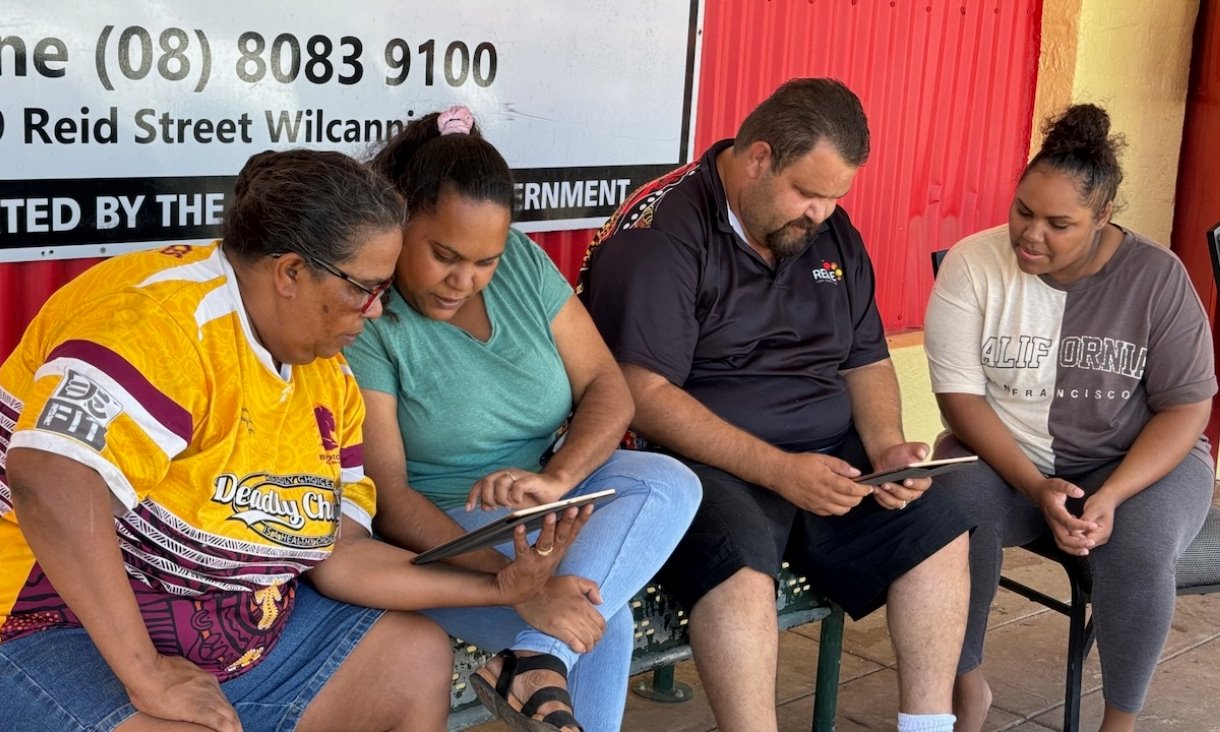Coffee concrete shortlisted for national research impact award
Universities Australia has shortlisted RMIT University’s coffee concrete innovators for the Shaping Australia Awards in the Problem Solver category.
G Flip leads the celebrations as RMIT congratulates class of 2024
An electric performance by singer-songwriter G Flip and an honorary degree awarded to the Honourable Margaret Gardner AC were just two highlights from RMIT’s graduation ceremony at Marvel Stadium.
Funding of $6 million to support RMIT research to measure First Nations digital inclusion
The announcement is part of the Australian Government’s plan to invest $68 million to narrow the digital gap by supporting more First Nations communities to access the internet.
Introducing Sentient: RMIT’s new Indigenous design
RMIT has launched its latest Indigenous brand artwork, Sentient.











